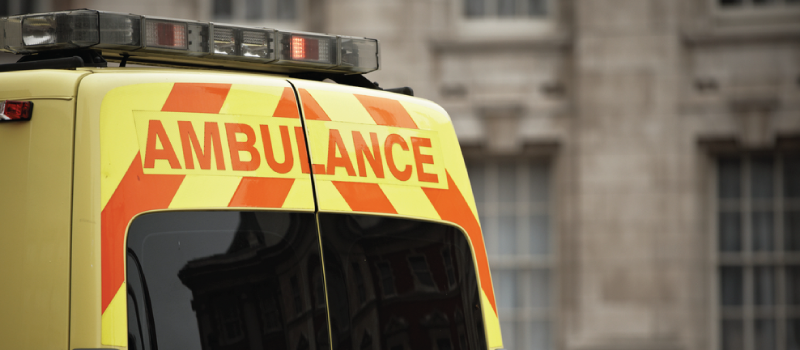
How to properly give way to emergency vehicles
20th Aug, 2018
In theory, it’s not difficult to get out of the way of emergency vehicles. It’s just a matter of pulling over and letting them pass. Well, if you’ve ever been in the situation yourself, you’ll know that sometimes it isn’t that simple. What happens if you’re at a red light? What happens if you’re on a one way street, or there’s no room to move aside? The key is – don’t panic! When those flashing lights appear in your mirrors, here’s the best way to help them get through.
What should I do first?
In many ways, giving way to emergency vehicles involves the same skills as dealing with any other hazard. It’s just a matter of patience, awareness and decisiveness. When you first see those lights in your rear view mirrors, the first thing to do is take stock of the situation, including how far away you are from other cars. Have a quick gander at how far away the emergency vehicle is away from you, and (if applicable) what lane it’s travelling in. Then, start looking for the safest, easiest way to move aside.
If you’re on a motorway
This is the easiest scenario. In most cases on motorways and dual carriageways, it’s as simple as moving to a different lane. Remember to make it a left-hand one, not the overtaking one!
If you’re on a residential road
Residential roads are obviously tighter, which often means you’ll have to pull over for the vehicle to pass you. But don’t slam on the brakes and pull over immediately – wait until it gets closer. (Otherwise, you risk having it turn off into a different lane before it reaches you, at which point you’ve just become an unnecessary obstacle for everyone else!)
Once it’s close enough, slow down, indicate, and pull over to left-hand side. Wait until it’s passed, indicate right again, and then accelerate away. Easy!
The golden rules for giving way in emergencies

To be honest, in the vast majority of cases you’ll just be able to move safely to the side of the road. Sometimes it won’t be quite that simple, but don’t worry – just stay alert to your surroundings, including how other drivers are reacting. And remember…
Stay calm
The biggest mistake you can make in this situation is to panic. The whole point of all those flashing lights and sirens is to ensure that you can see the vehicle from a good distance away, giving you plenty of time to react. If you’re on a one-way street or you’re unable to pull over, that’s fine. It’s the same as any normal driving; you just need to be patient and wait for an opportunity to let them past. And, besides pulling over –
All normal road rules still apply!
A key thing to bear in mind is that no matter how urgent the emergency, the driver of the response vehicle won’t be expecting you to act in a way that puts other road users at risk. That means no changing lanes into bus lanes, and you still need to obey traffic lights and other road signals. That means, for example:
- Don’t block junctions
- Don’t move forward into active intersections
- Don’t speed up to outrun them
All of these could result in a further accident. Even if everyone walks away uninjured, it still simply means more work for the emergency services, and they won’t thank you for it! If you don’t have room to move, or you don’t think you could do so safely, don’t worry – just do it as soon as you can. It’s not unusual to see an active response vehicle waiting in traffic lights with everyone else, just because the cars in front can’t move forward without putting themselves in danger.
Occasionally, you might be the one unlucky enough to be in an accident of your own. Thankfully, the majority of car crashes aren’t fatal, but they can sometimes leave our cars beyond repair. In that case, you’ll be happy for something that makes your life a little easier – and that’s exactly where we come in here at Scrap Car Network. Just enter in your car reg and postcode to the fields on our homepage, and you can instantly find out exactly how much your scrap car is worth!